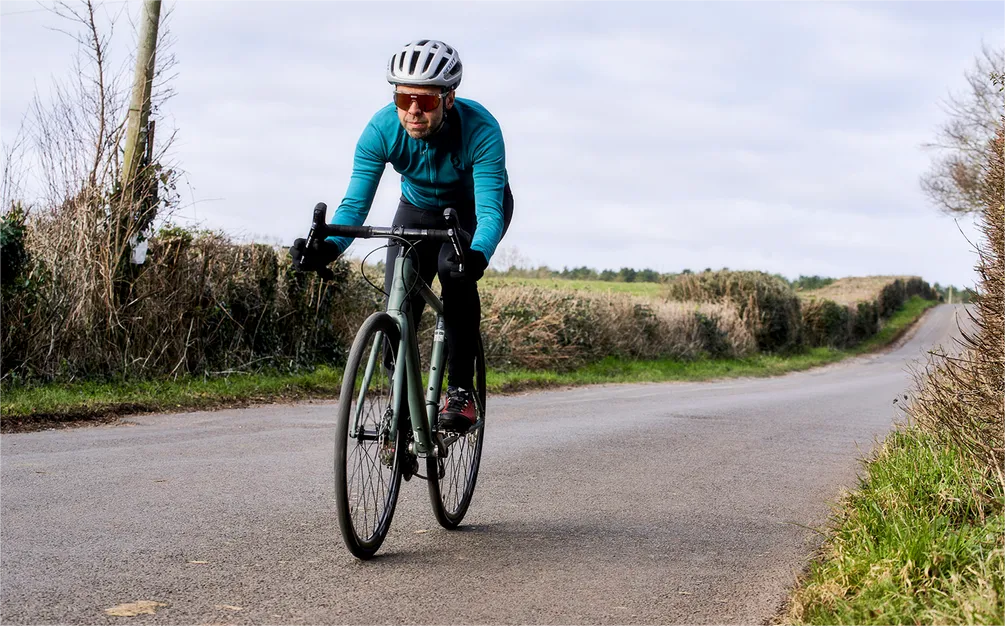Road cycling, an exhilarating blend of athleticism, technique, and strategy, has captivated enthusiasts worldwide for decades. With its roots tracing back to the late 19th century, road cycling has evolved into a multifaceted sport encompassing various disciplines, from leisurely rides through picturesque landscapes to high-speed competitions showcasing extraordinary athleticism. In this comprehensive guide, we delve into the intricacies of road cycling, exploring its essence, techniques, equipment, and the allure that continues to draw millions to the open road.
Understanding Road Cycling
At its core, road cycling involves riding bicycles on paved roads, encompassing a wide spectrum of activities ranging from recreational rides to professional racing. Unlike other forms of cycling such as mountain biking or track cycling, road cycling primarily takes place on public roads, presenting riders with diverse terrain and environmental challenges.
Competitive Road Cycling
One of the most prominent aspects of road cycling is its competitive dimension. Professional road racing, governed by international bodies such as the Union Cycliste Internationale (UCI), showcases the pinnacle of the sport’s athleticism and strategy. Events like the Tour de France, Giro d’Italia, and Vuelta a España attract millions of spectators and cyclists worldwide, captivating audiences with their grueling stages, breathtaking scenery, and tactical battles among the world’s top riders.
Road racing typically involves various formats, including one-day races (such as classics), stage races (like grand tours), and individual time trials. Each format demands distinct skills and strategies, from the explosive power required for sprint finishes to the endurance needed to conquer mountainous stages.
Recreational Road Cycling
Beyond the realm of professional racing, road cycling offers a wealth of opportunities for recreational riders to explore. Leisurely rides through countryside lanes, challenging climbs up mountain passes, and social group rides are just a few examples of the diverse experiences that road cycling affords. Whether seeking solitude amidst nature or camaraderie among fellow cyclists, road cycling provides an avenue for individuals of all backgrounds and abilities to connect with their surroundings and fellow enthusiasts.
Techniques and Skills
Mastering road cycling requires a blend of physical prowess, technical skill, and tactical acumen. Key techniques include:
1. Efficient Pedaling:
Maintaining a smooth and efficient pedal stroke is essential for conserving energy and maximizing speed. Proper pedaling technique involves applying force throughout the entire pedal revolution while maintaining a consistent cadence.
2. Positioning and Drafting:
Strategic positioning within a group of riders, known as drafting, can significantly reduce wind resistance and conserve energy, particularly in competitive races. Skilled riders adeptly navigate the peloton, finding shelter behind other cyclists to minimize effort while awaiting opportune moments to surge ahead.
3. Cornering and Descending:
Negotiating corners and descents safely and efficiently requires mastering fundamental techniques such as leaning into turns, modulating speed, and maintaining proper body positioning. Experienced cyclists execute precise lines through bends and descents, optimizing speed while mitigating risks.
4. Climbing:
Climbing steep gradients demands a blend of physical strength, mental fortitude, and pacing strategy. Effective climbing techniques involve maintaining a steady cadence, distributing effort evenly across the ascent, and leveraging body weight to maximize traction and power transfer.
Equipment
Road cycling equipment plays a pivotal role in performance, comfort, and safety. Key components include:
1. Bicycles: Road bikes are specifically designed for speed, efficiency, and agility on paved roads. They feature lightweight frames, narrow tires, drop handlebars, and a geometry optimized for aerodynamics and handling.
2. Apparel: Cycling apparel is engineered to enhance comfort, aerodynamics, and moisture management. Key garments include padded cycling shorts, moisture-wicking jerseys, and form-fitting jackets for varying weather conditions.
3. Accessories: Essential accessories for road cycling include helmets, cycling shoes, gloves, eyewear, and hydration systems. These items not only enhance performance and safety but also contribute to rider comfort during long rides.
The Allure of Road Cycling
What sets road cycling apart from other forms of physical activity is its unique blend of physical exertion, sensory stimulation, and emotional satisfaction. The freedom of exploration, the camaraderie of group rides, and the sense of accomplishment derived from conquering challenging terrain all contribute to the enduring appeal of road cycling.
Moreover, road cycling offers a gateway to holistic well-being, promoting cardiovascular health, muscular strength, mental resilience, and stress relief. Whether embarking on a solo adventure or joining a peloton of fellow enthusiasts, road cycling fosters a profound connection with nature, community, and self.
Conclusion
Road cycling stands as a testament to human ingenuity, perseverance, and passion for exploration. From the storied battlegrounds of professional racing to the tranquil backroads of rural landscapes, road cycling embodies the pursuit of excellence, adventure, and self-discovery. Whether you’re a seasoned competitor, a weekend warrior, or an aspiring enthusiast, the open road beckons, inviting you to embark on a journey of limitless possibilities.

